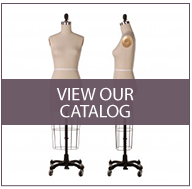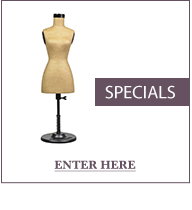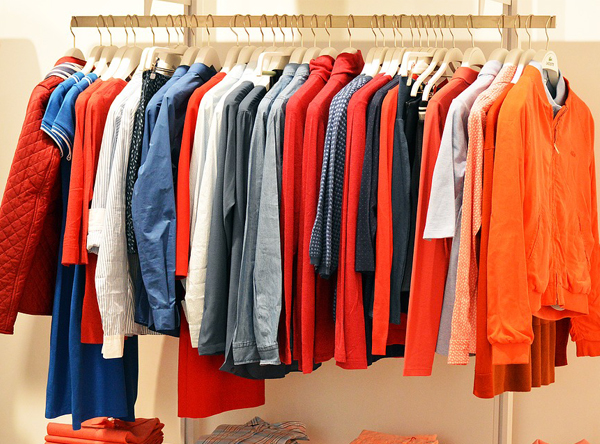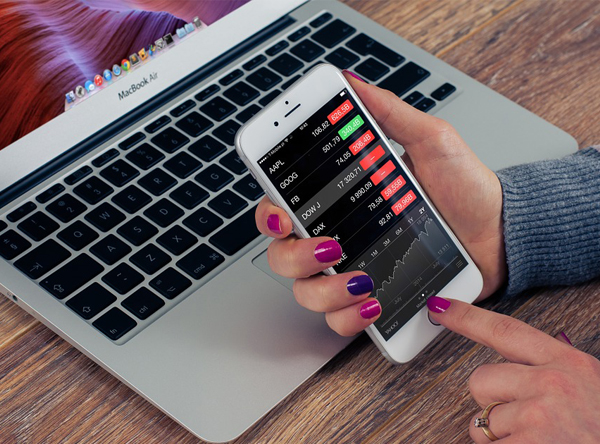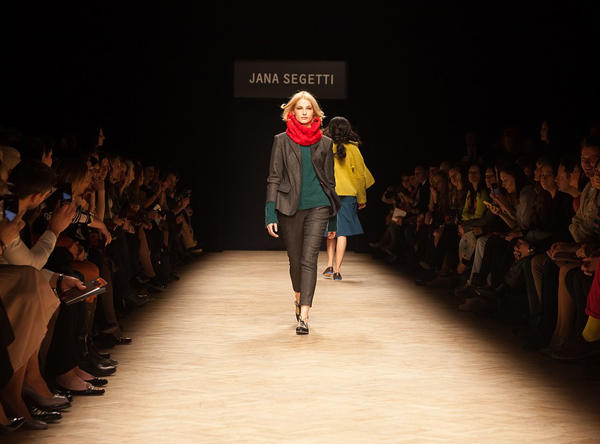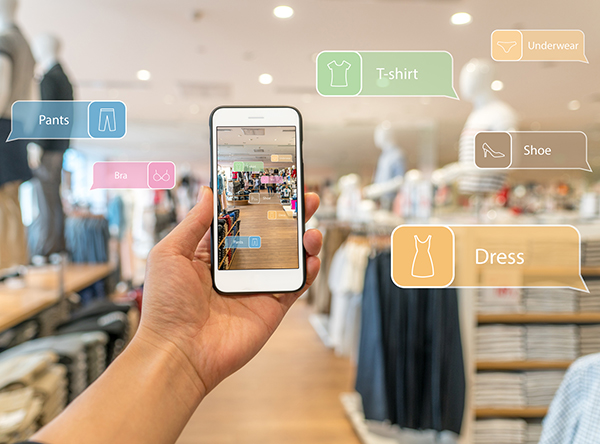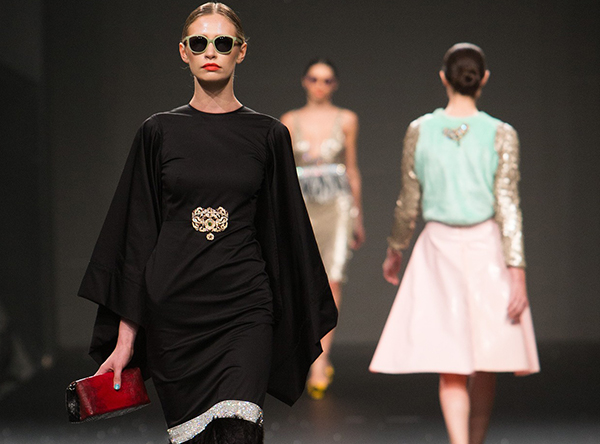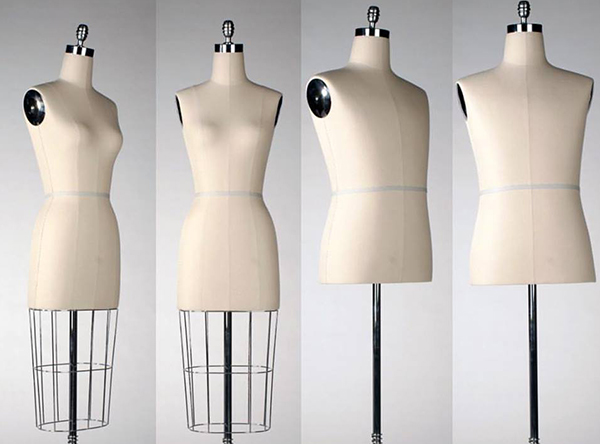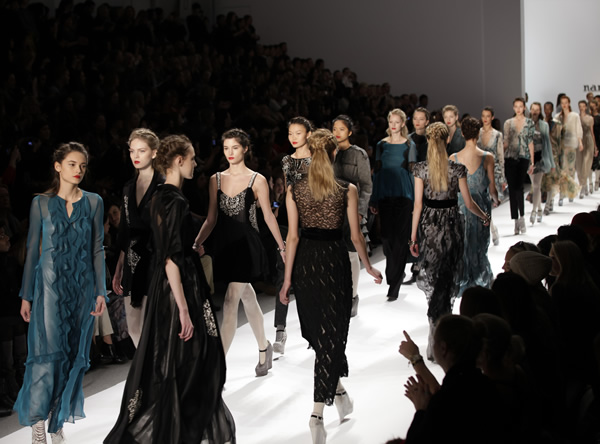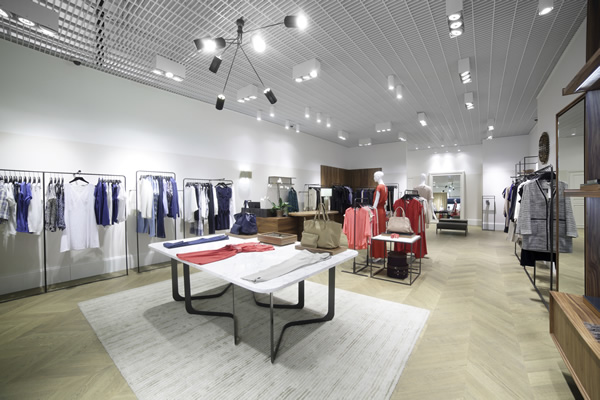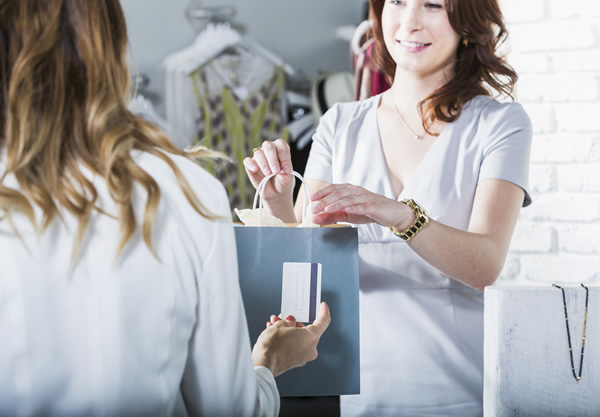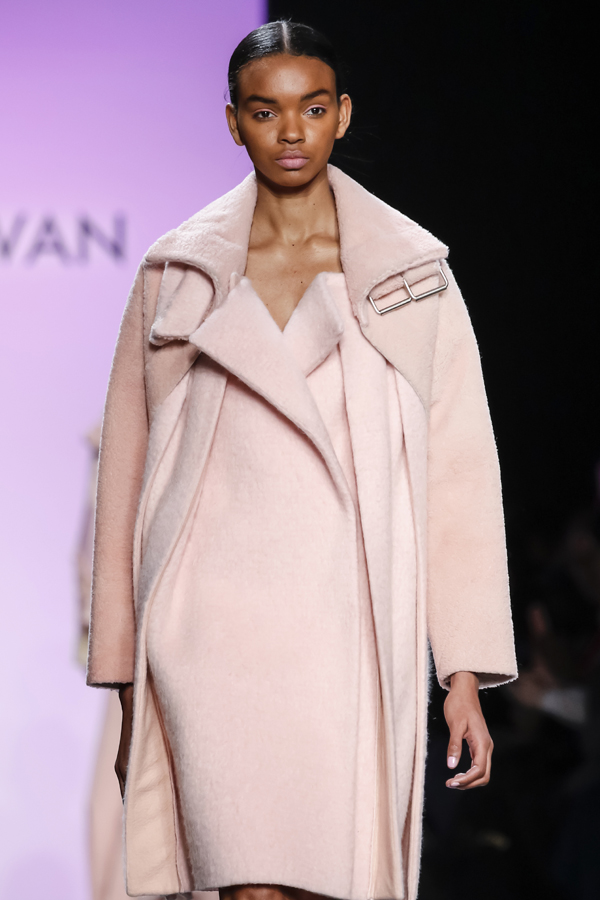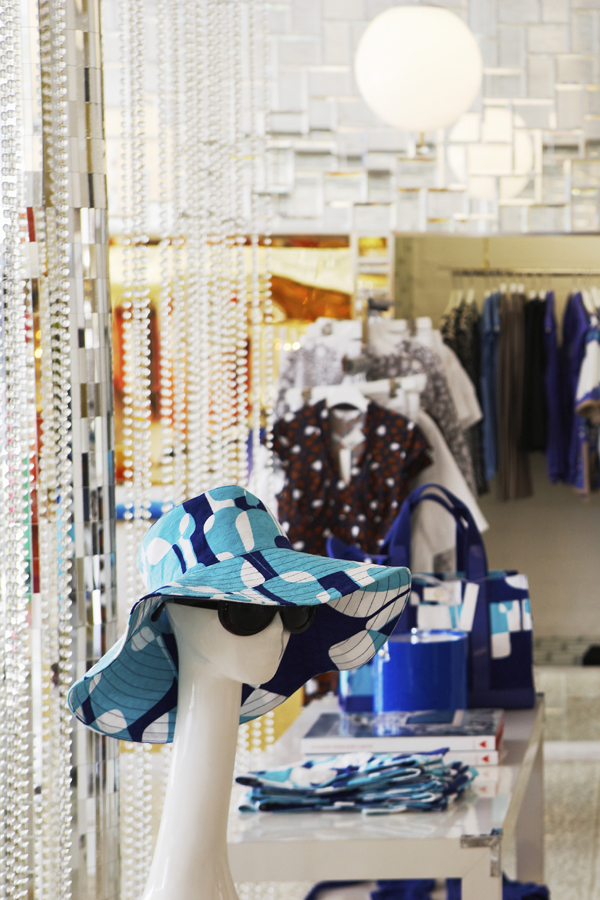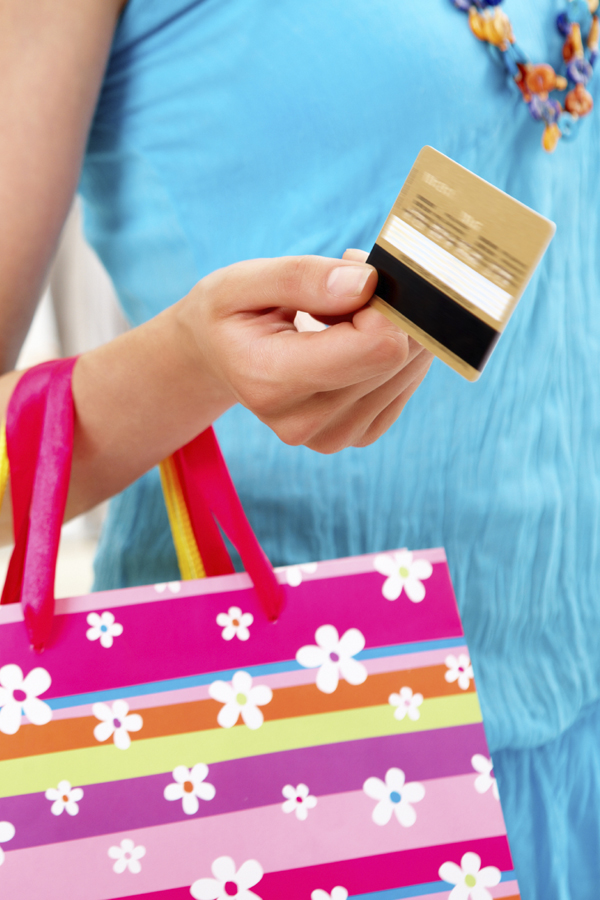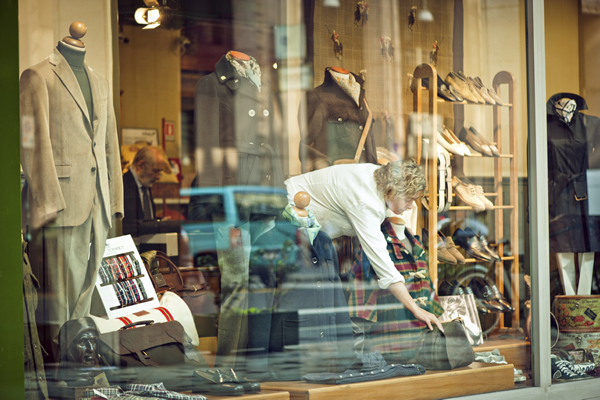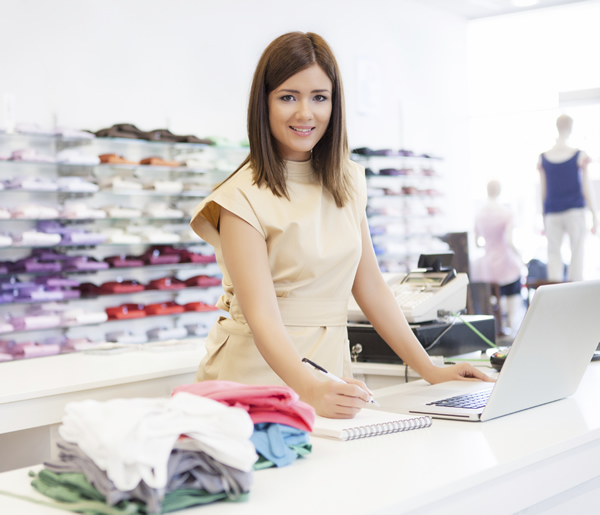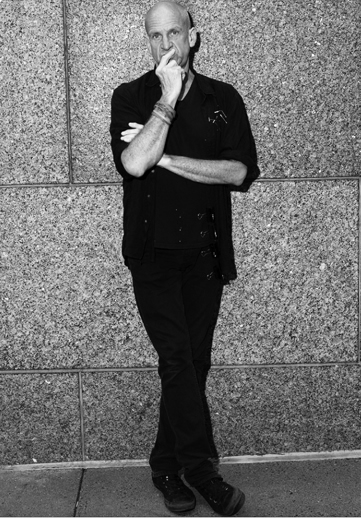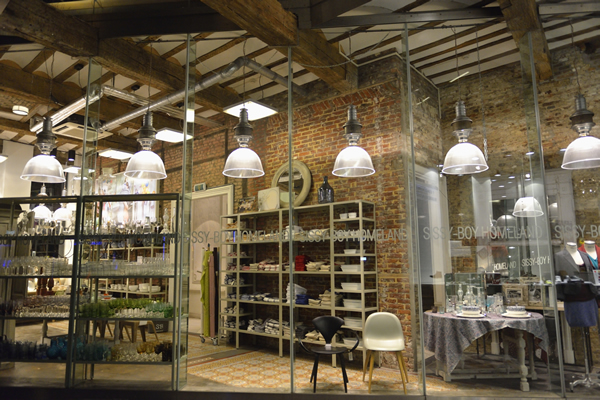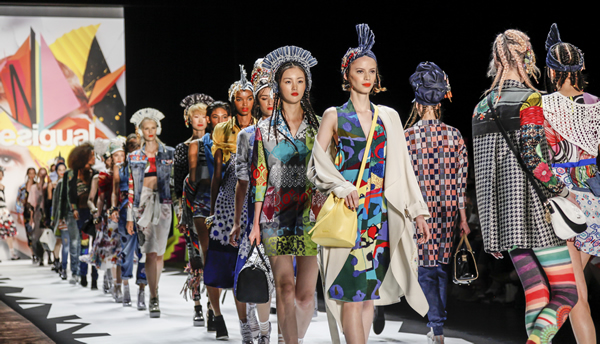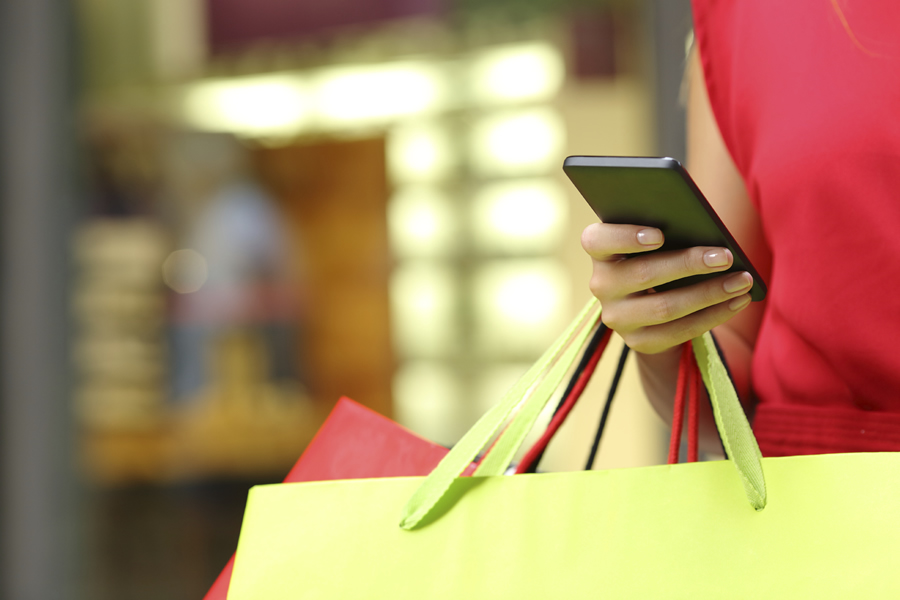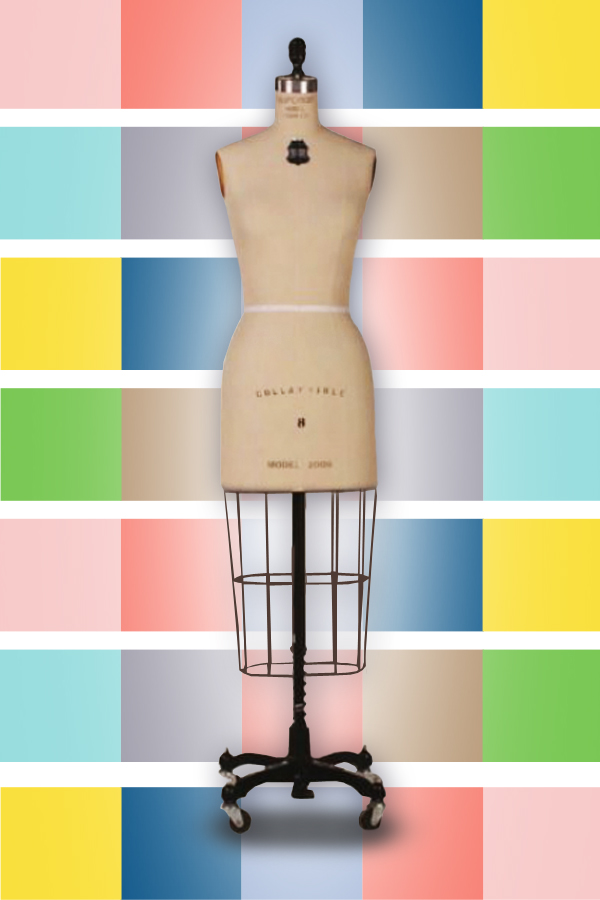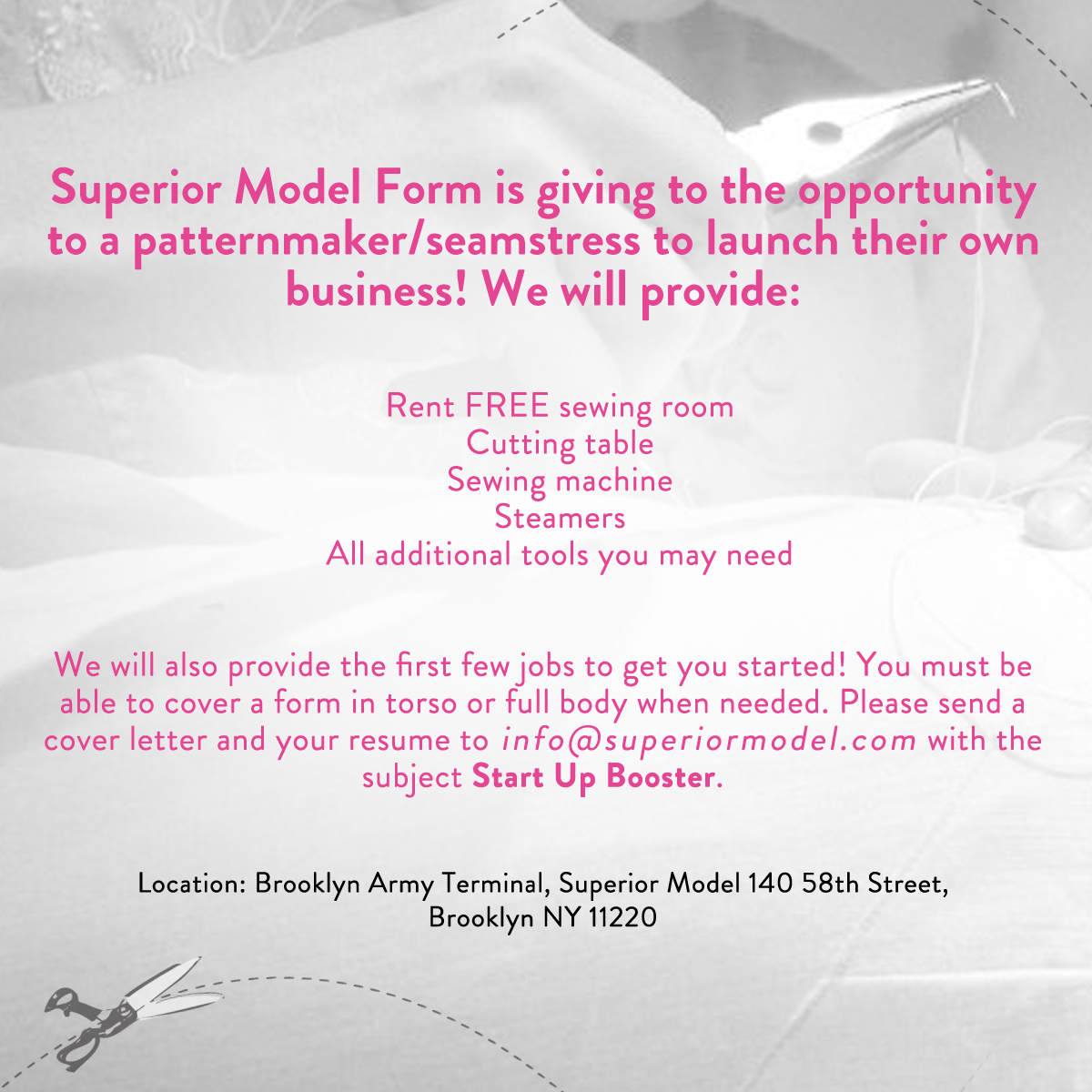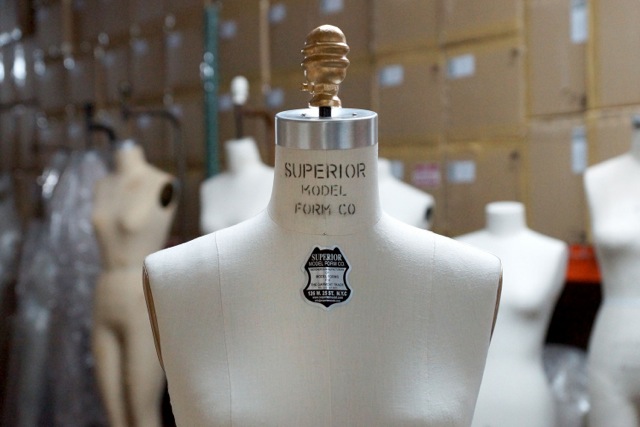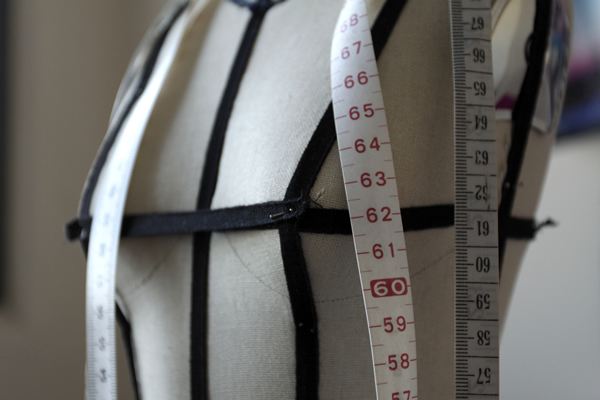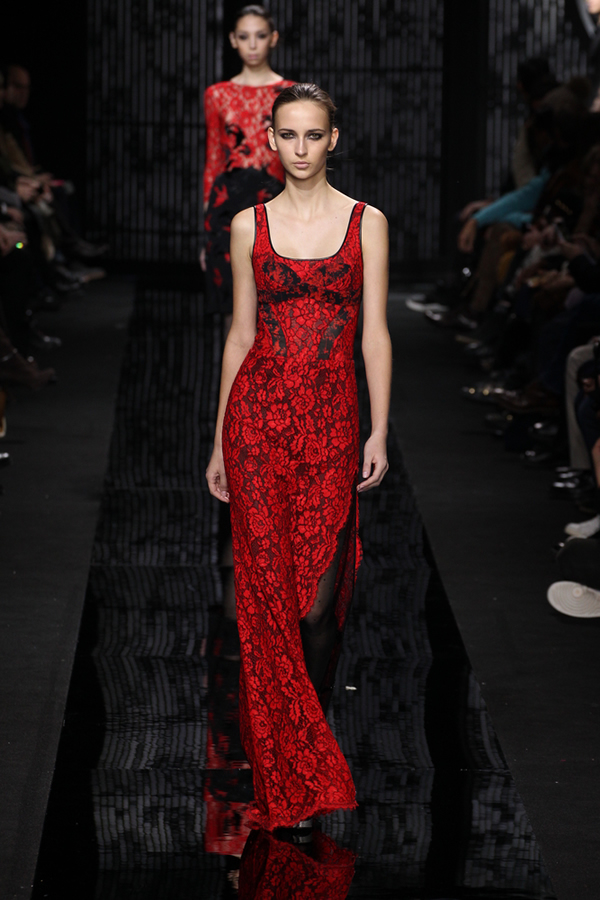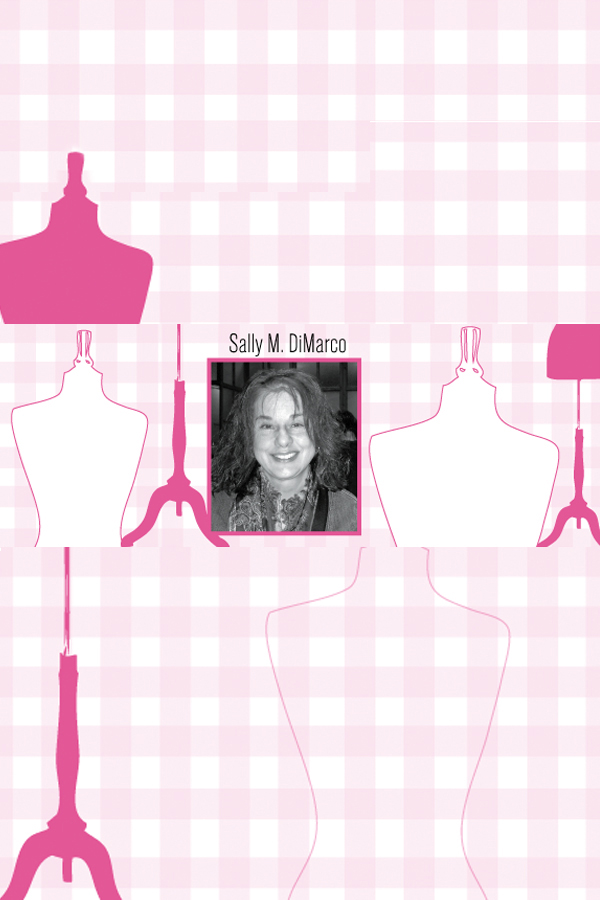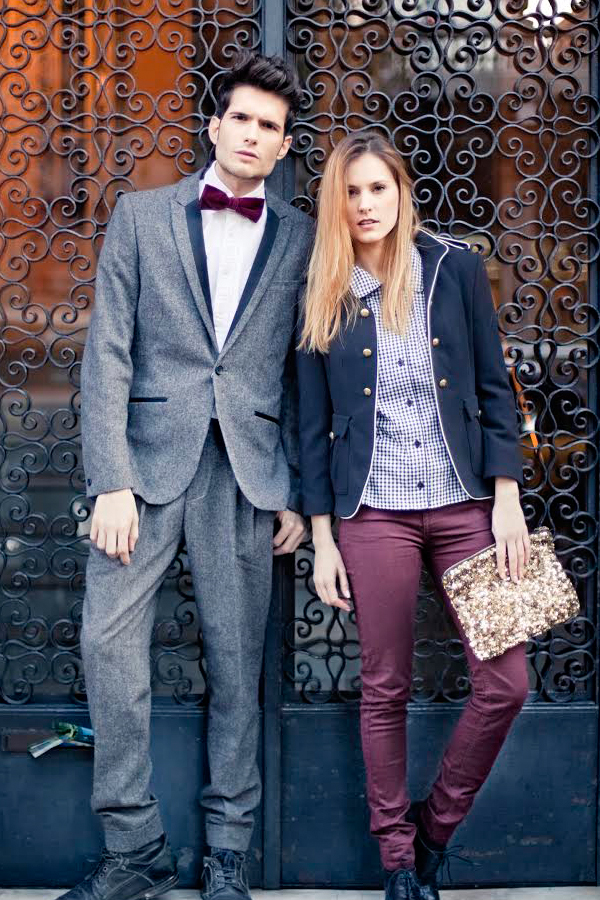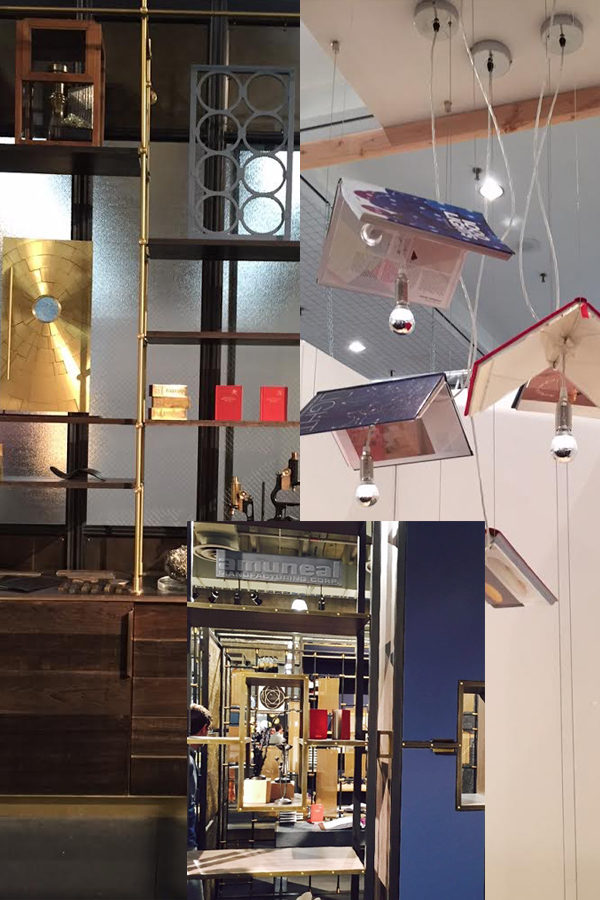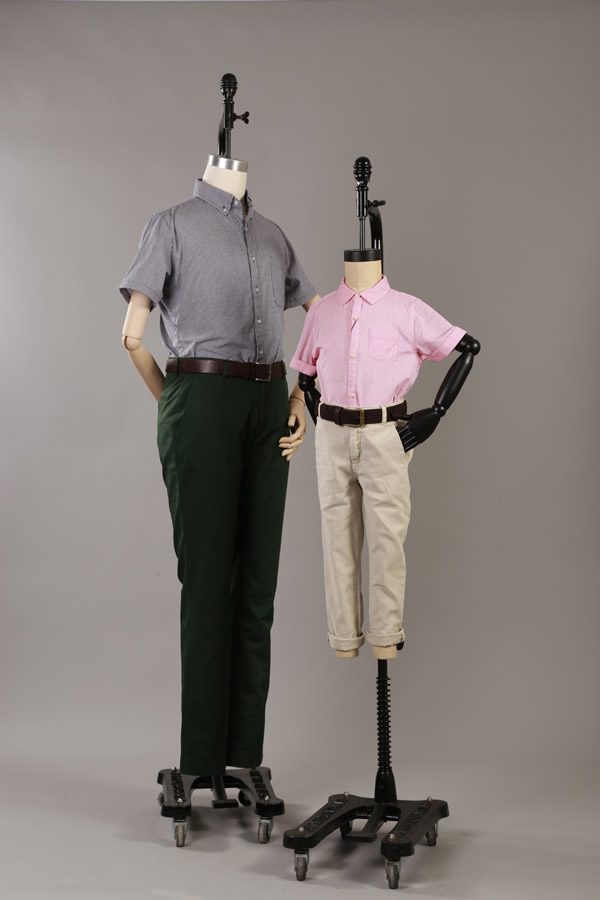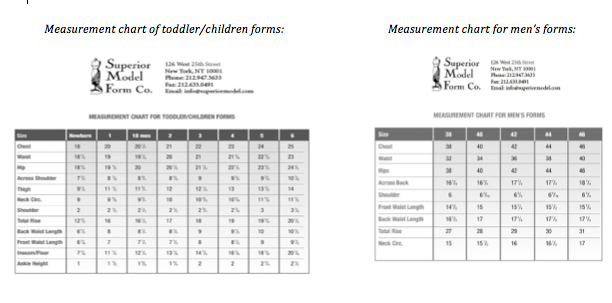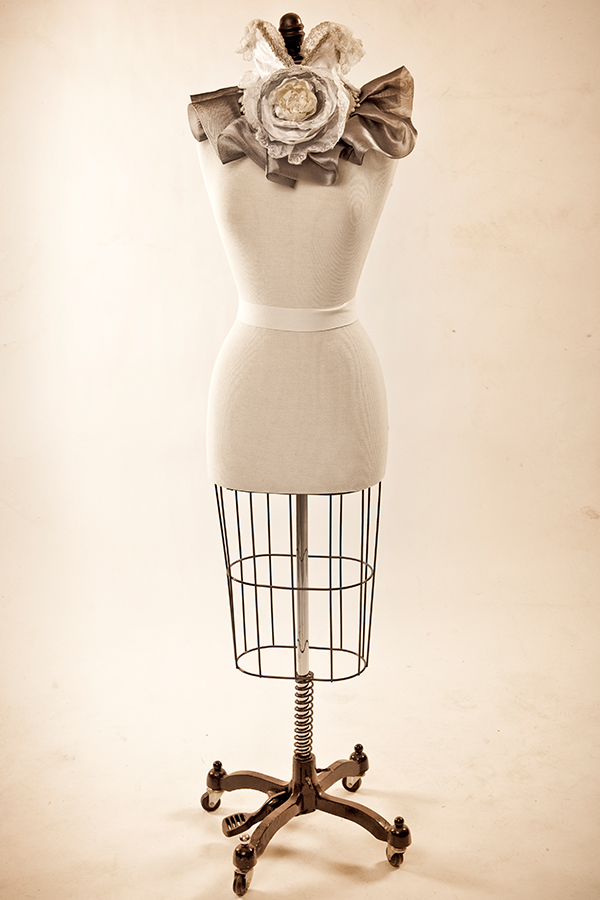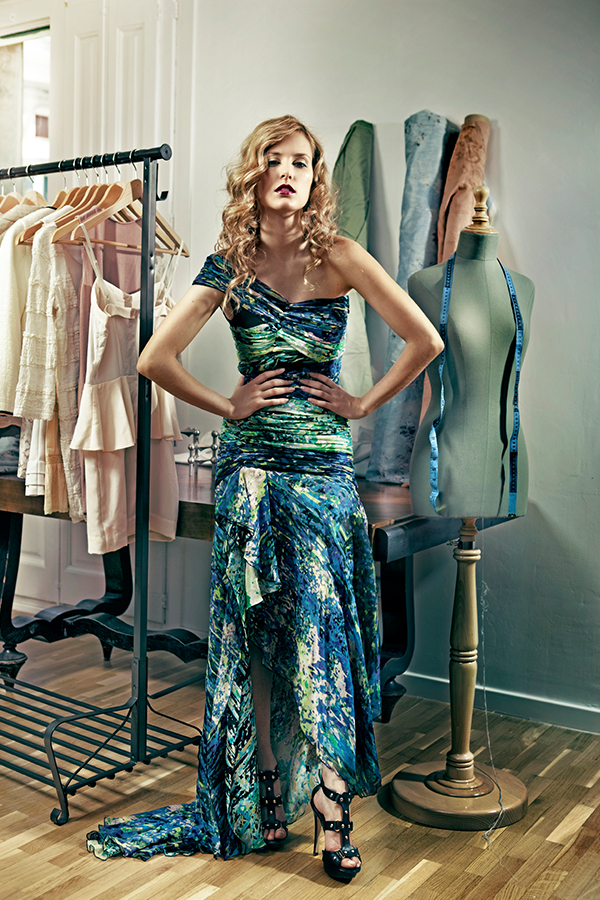Outerwear: Trends not to miss
September 13, 2017 /
There’s more to outerwear than simply protecting us from the elements. You can make a fashion statement with coats, jackets and vests.
This fall is filled with outerwear trends, take ’em or leave ’em. Let’s look at some of the hottest trends for cold weather.
Camel coats
This classic has been a wardrobe staple for generations. It should be noted that “camel-hair” coats are no longer made of camel’s hair. They are, however, an essential piece for any tailored wardrobe. Styles range from the traditional double-breasted coat to open, flowing designs.
Cocoon coats
For a streamlined look, choose a cocoon coat. This versatile coat can easily transition from a day at the office to a night on the town.
Corduroy coats
Corduroy isn’t just for kids; it’s making a comeback this year in jackets, coats and more. You’ll find traditional fall/winter colors as well as unexpected hues.
Cropped coats
Pair a cropped coat with skinny jeans or a pencil skirt and tights. And don’t forget a hat and boots for a total head-to-toe look.
Extra-long coats
Here we go from one extreme (the cropped coat) to the other. This year, the longer the better. With longer coats, you don’t have to worry about keeping warm. They also create a longer, leaner profile.
Fur coats
Again, this trend will not appeal to animal lovers. But faux fur coats are always an option. Fur may be in, but fur vests are out.
Padded jackets
While we all try to get rid of our extra padding, it’s acceptable when it’s in the form of a jacket. This year’s padded jackets run the gamut, from just the basics to dainty floral prints.
Peacoats
This heavy double-breasted woolen jacked was originally worn by sailors. Today, this trend applies equally to men and women. Drape a matching or contrasting scarf and you’re good to go.
Plaid coats
From checkered to hound’s-tooth patterns, plaid coats are all the rage. Don’t be afraid to wear a plaid coat over a print sweater or pants.
Puffer coats
They’re baaack! Although this is one trend than many hoped would go away, it’s back with a vengeance. Think beyond black, though; you’ll find a variety of color options.
Red coats
No, we’re not referring to those worn by British soldiers. Today’s red coats are trendier than ever. If you want to make a bold statement, go for a red coat.
Shearling coats
Animal lovers will have to forego this trend, unless they opt for the synthetic version. Shearling coats are typically made of processed lambskin or sheepskin. The pelts are tanned with some of the wool still on them.
Statement coats
When it comes to statement coats, the bolder the better. There are no rules here: Go for vibrant prints, patterns, colors, fabrics, shapes.
Textured coats
Think feathers, sequins and more. Think clear plastic. Think accessories such as brooches and belts.
Toggle-closure coats
Toggle closures add a sophisticated touch, whether on a wool coat or an oversized sweater. Keep in mind that, if you’re wearing winter gloves, toggle closures can be a bit tricky.
Velvet coats
Velvet is no longer relegated to special occasions. This trend took off last year, and this year it’s being spotted everywhere.
Wrap coats
The wrap coat is a timeless look, one that can be dressed up or down. Cinch the belt tight to accentuate a tiny waist or leave it untied for a chic, casual look.

